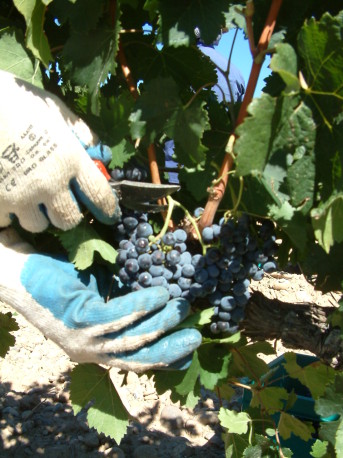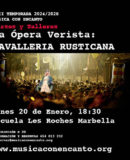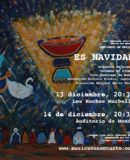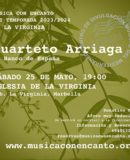Inflated Wines
INFLATED WINES
AJ Linn
(Originally published in Spanish in Diario Sur)
Wine producers have always criticised restaurants for charging too much for their wines, and the restaurants reply that to survive they have to uplift prices by two or three times the cost.
Both groups are right in a way, and charging a fixed uplift per bottle instead of a percentage would appear to be a happy compromise that unfortunately has few active supporters. Restaurants claim that to acquire and store an expensive wine costs more than a cheap wine (tied-up capital, etc), but the producers refute this with the truism that to serve a bottle of wine costs the same regardless of what the wine is worth.
The question that needs answering is, would lower wine prices encourage people to drink more, enabling restaurants to make bigger profits overall?
There appear to be no comparative tests. It is not really rocket science for a restaurant to experiment by charging a fixed uplift of, say, ten euros per bottle, for a month, then revert back to its usual uplift, and seeing which option gave the bigger profit?
There are some local Marbella restaurants that are wine-lovers’ paradises, where you can take your own wine and not get charged corkage. They accept that they will only make money on the food you eat, and that if they don’t permit you to drink your wine you will go somewhere else. In the USA the practice is much more widespread and formal, with corkage charges even quoted on restaurants’ websites. In New York these can go from $10 to $35, often coupled to a limited number of bottles, although if you take an exceptional wine and have the courtesy to offer the owner or manager a glass to try, you may find the charge waived completely.
Although it clearly prefers to sell wine from its very extensive and well put-together list, La Nueva Campana Restaurant, in Nueva Andalucia was host earlier this week to a group of wine aficionados sharing some ‘imported’ bottles (and gladly paying corkage). The Austrian Alzinger Federspiel 2011, with the rare Grüner Veltliner grape variety, was impressive. The Ranni Marlborough Wairna Valley Pinot Noir 2010 appeared not to have survived the voyage from New Zealand, and was quietly parked. Without question the star of the lunch was the Sedella 2009, brought by Charlotte Rodríguez of Cervinco; a ‘Málaga Mountain Wine’, as such varieties used to be known two centuries ago. This new wine, made from Romé and Garnacha grapes, is the personal project of young winemaker Loren Rosillo, (of Martínez Bujanda and other bodegas). The Chateau Climens Sauternes 1983, put up by host Garry Waite, was everything you could expect from such a celebrated wine.
Disclaimer: The views, opinions and positions expressed within this guest article are those of the author AJ Linn alone and do not represent those of the Marbella Marbella website. The accuracy, completeness and validity of any statements made within this article are not guaranteed. We accept no liability for any errors, omissions or representations. The copyright of this content belongs to AJ Linn and any liability with regards to infringement of intellectual property rights remains with the author.















The opinions expressed by individual commentators and contributors do not necessarily constitute this website's position on the particular topic.